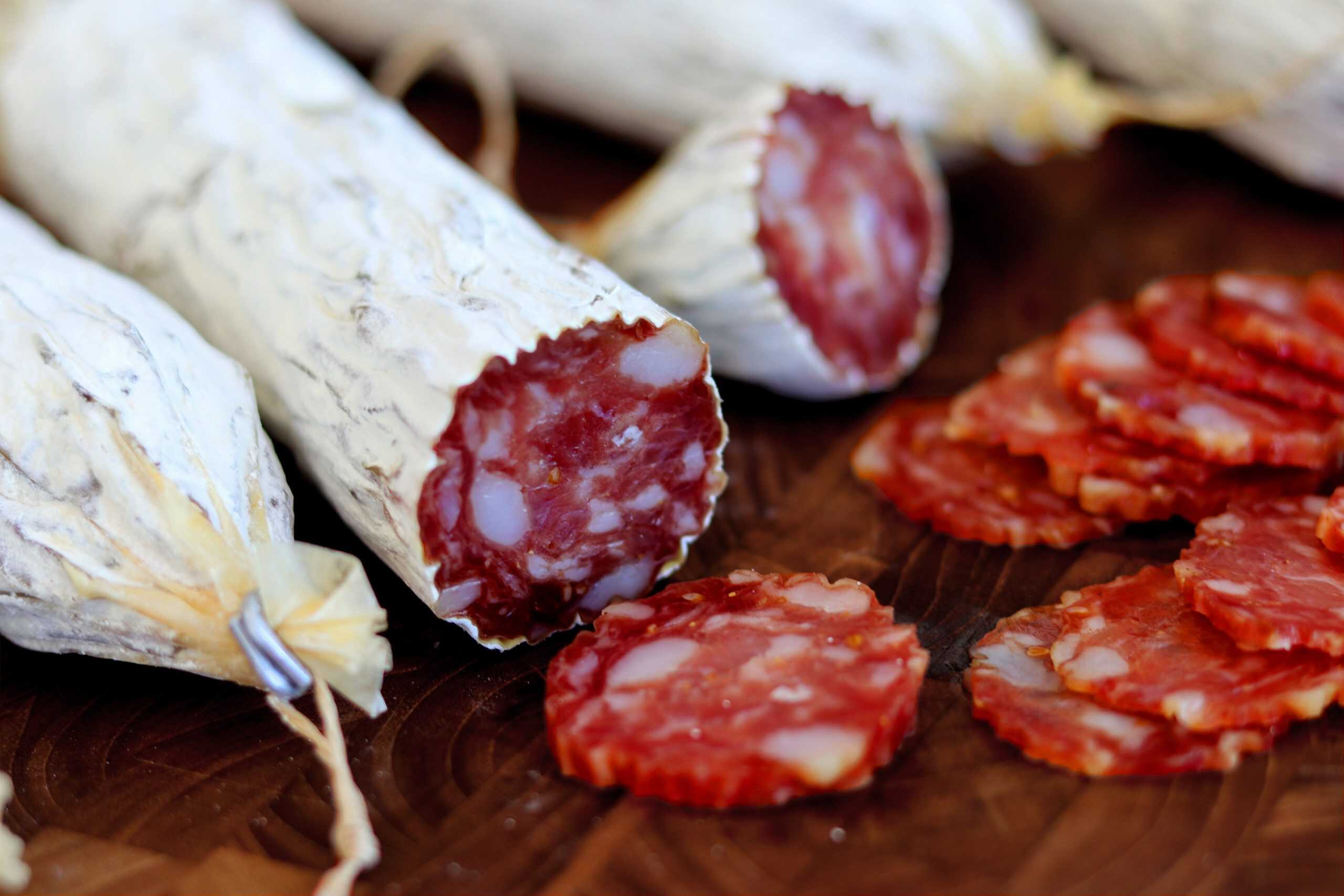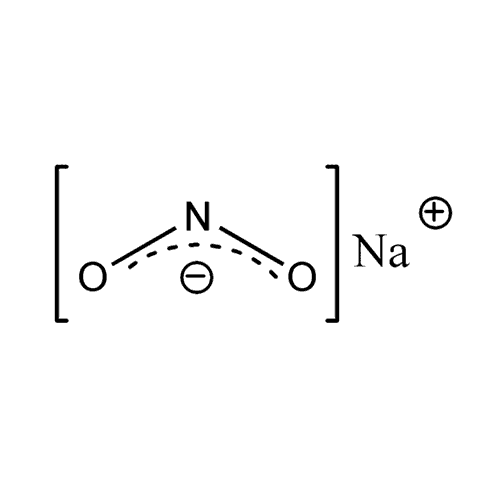
Os sais de cura, compostos por sais de nitrito (NO2) e nitrato (NO3), são aditivos utilizados em produtos cárneos devido à sua ação múltipla, que inclui a inibição do crescimento microbiano, especialmente clostridium botulinum, retardo da oxidação, produção de sabor e aroma de carne curada e estabilização da cor. Entretanto, em determinadas condições, alguns estudos apontam o seu potencial carcinogênico.


É possível substituir o sal de cura?
Uma alternativa, que não substitui o uso do composto químico em sí, mas que faz uso de fontes alternativas naturais, é o uso de vegetais ricos em nitrato, como o aipo, espinafre, beterraba, acerola e cereja em pó. São algumas alternativas naturais ao uso de sais de cura industriais. Contudo, os residuais de nitrato(NO3) nos produtos adicionados de fontes vegetais ricas em nitrato podem ser mais altos do que nos produtos adicionados do sal de cura industrial, pois nos vegetais o teor de nitrato é elevado (ex.: 27.000 ppm no aipo). Por isso, é mais difícil determinar a quantidade exata no produto. Nesse caso, para reduzir níveis residuais elevados, é importante que o uso de fontes vegetais de nitrato seja acompanhado da adição de culturas bacterianas redutoras de NO3, especialmente as da família Micrococcaceae (Micrococcus sp. e Staphylococcus sp.) e/ou bactérias láticas (Lactobacillus sp.).
A redução ou substituição dos sais de cura nos embutidos pode repercutir na segurança microbiológica. Nesse sentido, recomenda-se associar essas ações com outras estratégias que controlem o crescimento microbiano, como o uso de antimicrobianos naturais e culturas bioprotetoras. Essas últimas, além de inibirem o crescimento microbiano indesejado, também podem exercer efeito probiótico benéfico.
Antimicrobianos de fonte vegetal e culturas bioprotetoras
Entre os antimicrobianos naturais de fonte vegetal para aplicação em produtos cárneos, destacam-se os óleos essenciais de plantas aromáticas, obtidos das cascas, folhas, flores e sementes e constituídos por uma mistura de compostos fenólicos como ingredientes ativos básicos (terpenos, terpenoides e fenilpropanoides). Os OEs possuem bos capacidade antimicrobiana e geralmente são utilizados de forma combinada, obtidos de diferentes espécies vegetais. Um desafio para a adição dos OEs é afetar sensorialmente o produto. Uma solução simples é a seleção de OEs de especiarias ou condimentos comumente utilizados na formulação do produto, como, por exemplo, óleo essencial de alho (alicina) em linguiças e salames e óleo de canela (cinamal deído) e hortelã (mentol) em quibes.
Culturas bioprotetoras
Culturas bioprotetoras são culturas microbianas (culturas starter) capazes de inibir o crescimento microbiano indesejado, por meio de competição ou produção de antimicrobianos, como bacteriocinas, ácidos, peróxido de hidrogênio, etanol, diacetil, propionatos e ácidos graxos. Para minimizar efeitos adversos nas características sensoriais e físico-químicas do produto cárneo, costuma-se utilizar parte da microbiota natural da matriz alimentar como culturas bioprotetoras.
Em produtos cárneos, as principais culturas bioprotetoras utilizadas pertencem ao grupo de bactérias láticas, como Lactobacillus, Lactiplantibacillus, Bifidobacterium, Lactococcus, Enterococcus e Pediococcus. Porém, mais recentemente, outros gêneros como Carnobacterium e Weissella têm sido propostos devido à sua capacidade de produzir bacteriocinas e terem sido aplicados com eficácia em produtos cárneos para ação contra Listeria em presunto cozido e Salmonella em carne de peru.
O uso de culturas protetoras que também apresentam propriedades funcionais probióticas é outra estratégia interessante para conferir aos produtos cárneos, além de proteção microbiana, efeitos benéficos ao consumidor.
Probióticos
Entre os produtos cárneos, a utilização de probióticos é promissora especialmente nos produtos crus fermentados, como o salame, pois estão prontos para consumo, não necessitando receber tratamento térmico prévio. Entretanto, os probióticos devem ser capazes de manter sua viabilidade nas condições de processamento (presença de NaCl e sais de cura, acidez, baixa atividade de água) e armazenamento e provocar mínima alteração nas características do produto.
Conclusão
Estudos científicos têm proposto estratégias viáveis para atender à demanda crescente por produtos mais saudáveis e funcionais, que estão gradualmente sendo conhecidas e adotadas pela indústria, mas ainda não há um substituto único que agregue todas as funcionalidades do sal de cura. É possível adotar estratégias diversas para mitigar a sua ausência ou redução. Se pretende reduzir ou excluir o sal de cura, pesquise bastante e inclua ingredientes funcionais e culturas bioprotetoras para garantir a qualidade e a segurança de seus produtos.





Excelente matéria!